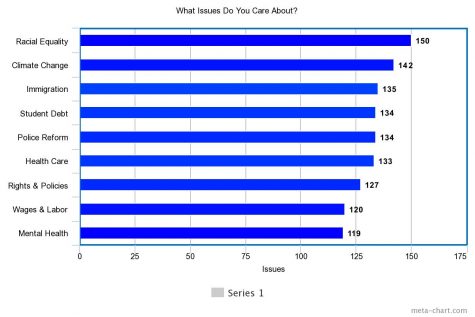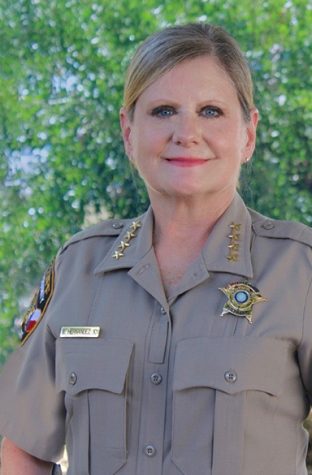Voter turnout will determine if Texas goes blue for the first time in 44 years

In Austin, a multitude of both Trump and Biden signs line the sidewalks. Depending on the election results, Texas may turn to a blue state or remain red.
Early voting began Oct. 13, and Texas voters are preparing to cast their ballots amid a polarizing election season that some say may result in the state voting blue for the first time since 1976.
As several polls place Joe Biden only points behind President Trump in Texas in the national election, Democrats in state and local races are running to replace Republican incumbents and shift party control.
In the U.S. Senate, Sen. John Cornyn (R) is seeking reelection for a fourth term. MJ Hegar secured the Democratic nomination following a runoff in the primary election. Hegar now trails behind Cornyn by a two-point margin, according to FiveThirtyEight.
While both candidates’ platforms address government responses to the pandemic, Hegar’s centers around healthcare reform and veterans’ rights. Sen. Cornyn’s focuses on tax reform and border security.
St. Edward’s freshman Wilson Ramirez said he has followed this race closely and plans to vote for Hegar during early voting.
“This election is going to be pretty close,” Ramirez said. “I don’t feel like there’s as much momentum on the Democratic side as it was in 2018 with Beto O’Rourke, but I still think [Hegar] has a chance because the voter turnout in Texas is getting higher. I think that shows this year is really important for Texas since it’s being considered a battleground state.”
In the 21st Congressional District of the House of Representatives, which includes most of Austin, incumbent Rep. Chip Roy (R) is campaigning for a second term opposite former Texas Senator Wendy Davis (D). Davis made national headlines in 2013 when she filibustered for 11 hours to block a bill banning abortion after 20 weeks of pregnancy. Davis also served as the Democratic nominee in the 2014 election for Texas governor.
Rep. Roy’s plan for office focuses on reducing federal spending and supporting law enforcement and border security. Davis’ ticket concerns healthcare reform, education reform and issues surrounding retirement.
Also on the ballot are Chrysta Castañeda (D) and Jim Wright (R). The two are in the race for a seat in the Railroad Commission of Texas. Contrary to its name, this state agency does not oversee railroads, but instead regulates natural resources, such as oil and gas. Railroad commissioners also address issues surrounding water and other energy sources.
Both Castañeda and Wright are first-time candidates after Wright won against incumbent Commissioner Ryan Sitton in the Republican primary. Castañeda’s campaign is based on tightening regulations of flaring – the process of burning off the natural gas that results in the production of crude oil. Wright’s platform revolves around economic development of the oil and gas industry as well as border security.
Ramirez said he feels that local and state elections such as the Railroad Commissioner are not widely discussed, but they are still important.
“The national election is obviously important, but local and state authorities have a more direct say in how we live,” he said. “I personally believe people aren’t really informed about these elections, but they still impact our communities. It really depends on how many people vote. More people are starting to realize the importance of voting, and the views and demographics of the electorate have changed. That may impact who goes out to vote.”

Hey y'all! My name is Gracie Watt and I am a junior majoring in communication with a focus in journalism. I'm proud to be the Photo Editor for Hilltop...







